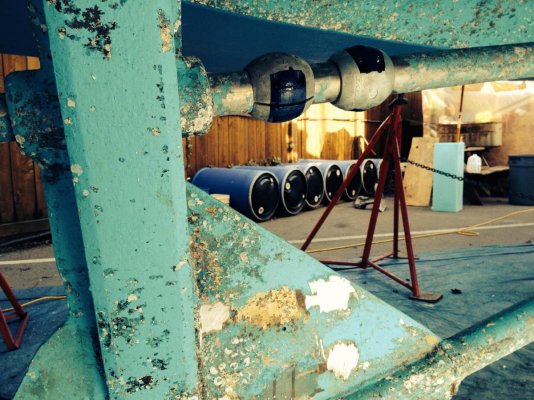sdowney717
Guru
- Joined
- Jan 26, 2016
- Messages
- 2,264
- Location
- United States
- Vessel Name
- Old Glory
- Vessel Make
- 1970 Egg Harbor 37 extended salon model
I know a planning hull a lot slower than semi or full.
I would think a full displacement which already moves more slowly, it won't have as much affect as a planing hull but still noticeable.
Anyone have observations they can share?
What % drop in speeds would you think for each type hull if hull is fouled but prop is clean?
What % increase in fuel usage?
My semi-displacement hull is somewhat fouled, I am onto my 3rd year, I splashed in fall 2014.
I have been thinking to haul spring 2018.
When the water warms up, I want to get under there and clean off as much as I can.
Thinking good gloves, a flat hull scraper like what you normally use when hauling out, mask and a hood to protect my head.
I would think a full displacement which already moves more slowly, it won't have as much affect as a planing hull but still noticeable.
Anyone have observations they can share?
What % drop in speeds would you think for each type hull if hull is fouled but prop is clean?
What % increase in fuel usage?
My semi-displacement hull is somewhat fouled, I am onto my 3rd year, I splashed in fall 2014.
I have been thinking to haul spring 2018.
When the water warms up, I want to get under there and clean off as much as I can.
Thinking good gloves, a flat hull scraper like what you normally use when hauling out, mask and a hood to protect my head.


